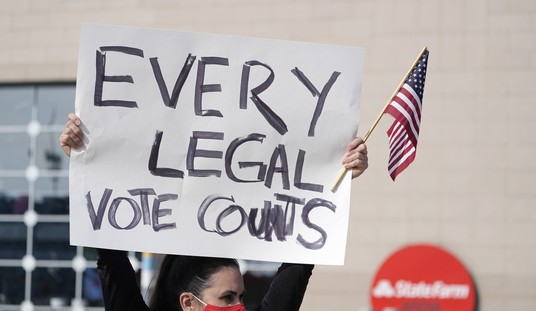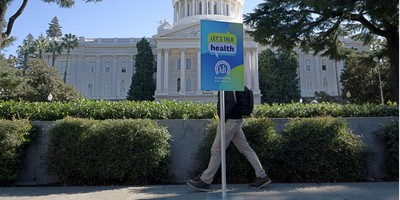Thomas Massie, the Kentucky Republican who leads the Congressional Second Amendment Caucus, and Dianne Feinstein, the California Democrat who is one of the Senate's most persistent gun controllers, do not agree on much. But the congressman and the senator both see the folly of the National Rifle Association's position on bump stocks, the firearm accessories that Stephen Paddock used in his deadly October 1 attack on country music fans in Las Vegas.
The NRA opposes a legislative ban on bump stocks but wants the Bureau of Alcohol, Tobacco, Firearms, and Explosives to reconsider the question of whether they are legal. The administrative approach favored by the NRA invites unelected bureaucrats to rewrite a statute for political purposes, undermining the rule of law and the separation of powers.
A bump stock increases a semiautomatic rifle's rate of fire by harnessing recoil energy to help the shooter slide the weapon back and forth against his trigger finger. Since this technique is notoriously inaccurate and prone to misfiring, it is not clear that bump stocks made the Las Vegas shooting any deadlier than it otherwise would have been.
Previous mass shooters have not needed bump stocks to kill dozens of people, and there is no reason to think future mass shooters will be deterred if the government takes them off the market. Banning bump stocks is nevertheless the go-to response for people who insist that Congress "do something" in response to the Las Vegas massacre.
The NRA has tried to divert that response by urging the ATF to "immediately review whether these devices comply with federal law." On Face the Nation last week, NRA Executive Vice President Wayne LaPierre noted that "it's illegal to convert a semiautomatic to a fully automatic," adding, "We think ATF ought to do its job, look at this, and draw a bright line."
Recommended
But the ATF already has "drawn a bright line." To be more precise, it has applied the bright line drawn by Congress in the National Firearms Act, which defines a "machinegun" as a weapon that fires more than once "by a single function of the trigger." A rifle equipped with a bump stock does not fit that definition since it still fires just once per trigger pull.
The ATF has repeatedly affirmed the legality of bump stocks -- in a 2010 letter to Slide Fire Solutions, which makes one version; a 2012 letter to a competing company, Bump Fire Systems; and a 2013 response to an inquiry from Rep. Ed Perlmutter, D-Col. As the agency explained to Perlmutter, "Bump-fire stocks (such as the Slide Fire Solutions stock) that ATF determined to be unable to convert a weapon to shoot automatically were not classified as machineguns."
Asking the ATF to revisit this question means asking it to ignore the law. Last week House Speaker Paul Ryan, R-Wis., following the NRA's lead, claimed "the regulatory fix is the smartest, quickest fix." But as Feinstein noted, "The ATF lacks authority under the law to ban bump-fire stocks."
Massie agrees. "It is the height of legislative malpractice to ask the executive branch to legislate," he tells me. "We're asking the ATF and the president to do our job."
That does not mean Massie supports Feinstein's proposed ban or the House version, which he thinks would have "zero effect" on mass shootings. Both bills would cover a wide, vaguely defined range of products and turn innocent people into felons if they failed to surrender retroactively banned accessories or tinkered with their guns in newly prohibited ways.
Massie nevertheless argues that consistent constitutionalists cannot support the supposed regulatory alternative. "I think it's a well-intended but ill-advised strategy to keep this out of the political realm and to save members of Congress from having to weigh in on this," he says. "But it will come back to bite us, and it erodes the system of government that the Founding Fathers intended to set up."

























Join the conversation as a VIP Member